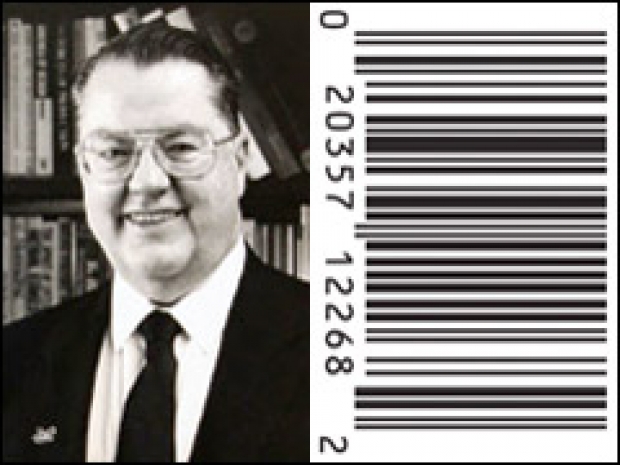The now-ubiquitous marking, composed of unique black bars and a 12-digit number, allowed retailers to identify products and their prices as they are scanned, usually at checkout. However, it sparked religious fury amongst fundamentalist Christians who claimed that it was the “mark of the beast” and initially refused to shop at supermarkets that used it.
Laurer was an electrical engineer with IBM in North Carolina’s Research Triangle Park in the early 1970s when he spearheaded the development of the UPC.
Laurer said in a 2010 interview that grocery stores in the 1970s were dealing with soaring costs and the labour-intensive requirements of putting price tags on all of their products. The bar code led to fewer pricing errors and allowed retailers to keep better account of their inventory.
He said that at the time it was amazing, because when we were doing this ... I never expected it to be anything like this,” Laurer told WRAL-TV in 2010.
Laurer produced a patent for one of the first hand-held scanners for reading bar codes.
He served in the Army during World War II and graduated from the University of Maryland in 1951, after which he worked for IBM for over three decades. IBM identified him during the company’s 2011 centennial celebration as a contributor to one of the company’s 100 iconic moments.
He was preceded in death by his wife, Marilyn Slocum Laurer. Survivors include four children, as well as several grandchildren and great-grandchildren.

